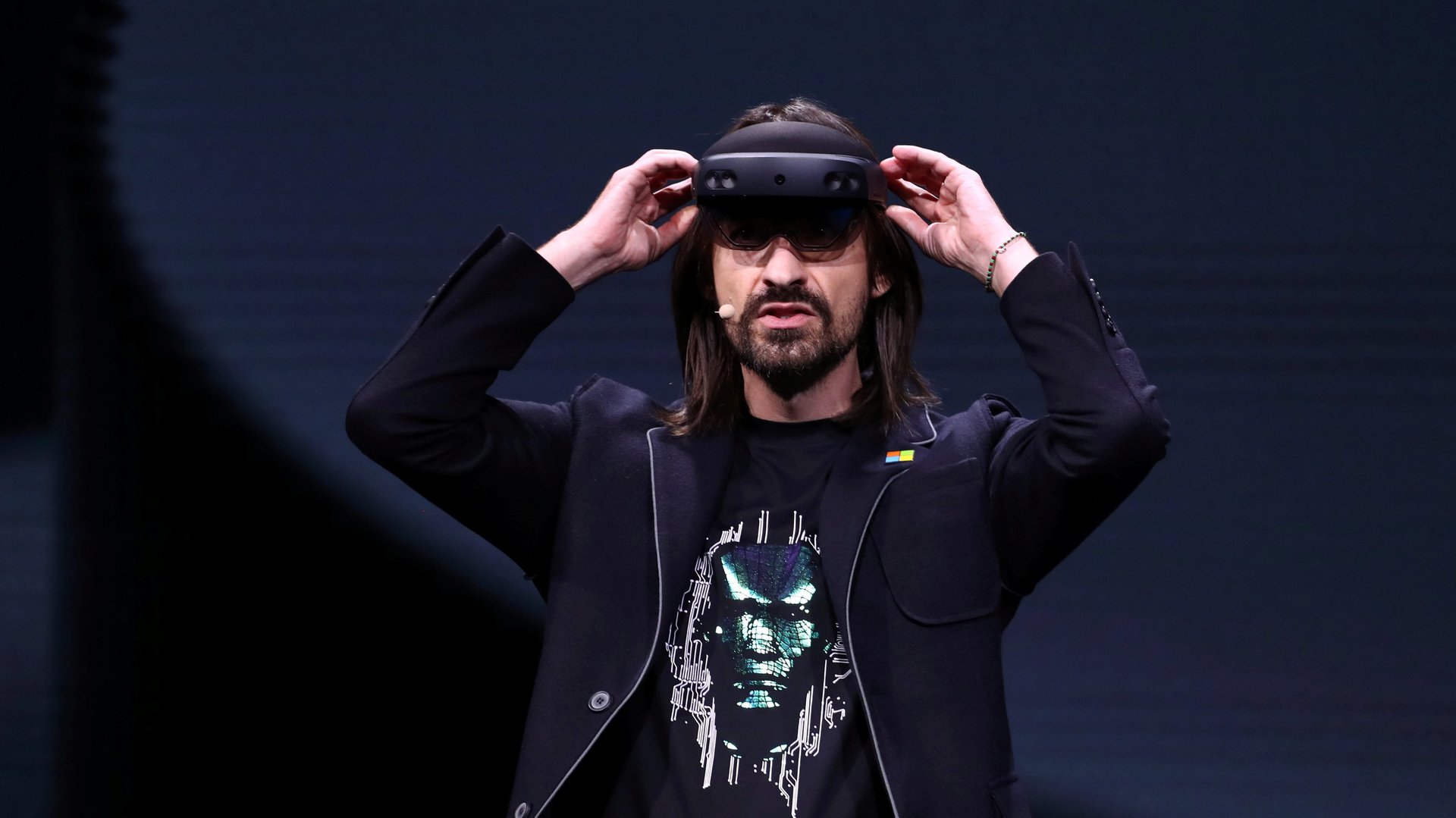Microsoft’s AR/VR chief is out and the change may have deeper implications for the metaverse
Just as augmented reality (AR) and virtual reality (VR) are finally entering the mainstream business discussion, Microsoft’s immersive computing leader, Alex Kipman, is leaving the company. The move was first uncovered by a news outlet close to the tech giant’s headquarters, Seattle-based GeekWire, which posted an internal memo confirming the change late Tuesday night.


Just as augmented reality (AR) and virtual reality (VR) are finally entering the mainstream business discussion, Microsoft’s immersive computing leader, Alex Kipman, is leaving the company. The move was first uncovered by a news outlet close to the tech giant’s headquarters, Seattle-based GeekWire, which posted an internal memo confirming the change late Tuesday night.
“Over the last several months, Alex Kipman and I have been talking about the team’s path going forward,” wrote Scott Guthrie head of the Cloud & AI Group at Microsoft. “We have mutually decided that this is the right time for him to leave the company to pursue other opportunities.”
The timing of Kipman’s exit came as a surprise to some AR industry insiders. Kipman has been the leading evangelist for Microsoft’s immersive computing efforts since the launch of the HoloLens AR headset in 2015, which he helped develop. In addition to the HoloLens, Microsoft offers its bleeding-edge Azure Kinect spatial computing depth camera, which captures and tracks 3D objects. The company has also developed Microsoft Mesh for shared AR interactions, supports a wide array of VR headsets via its Windows Mixed Reality platform, and boasts one of the most popular VR communities in AltspaceVR.
Quietly, Microsoft has become the biggest name in the metaverse next to Meta, largely due to its focus on business enterprise users. But now that Microsoft is losing its immersive computing champion, where does the company’s metaverse path lead? And why is Kipman leaving at such a crucial moment?
Microsoft’s lead metaverse voice is going mute, and the timing isn’t great
In his memo, Guthrie says that Microsoft’s immersive computing hardware and software teams will be absorbed into its Windows + Devices and Teams groups, respectively. The change is being framed as a way to accelerate Microsoft’s metaverse efforts as the new computing dynamic has begun to be embraced by mainstream businesses and users. Kipman will help the company’s immersive computing teams transition over the next two months.
Still, the timing for the exit of the company’s metaverse boss has come under scrutiny as it comes just two weeks after a Business Insider report surfaced allegations of a toxic workplace culture involving Kipman.
Guthrie’s statement makes no mention of why, specifically, Kipman is leaving at this particular moment. “I appreciate the tremendous vision Alex has provided to Microsoft over the years, and all that he has done to advance our Metaverse offerings,” says the Microsoft executive.
How we treat people in the metaverse is connected to how we treat them in real life
Any possible connection between Kipman’s departure and the work culture allegations have not been publicly addressed by Microsoft. When reached for comment, a Microsoft spokesperson said, “Alex Kipman will leave the company to pursue other interests.”
Nevertheless, the open speculation around the timing of his exit has once again thrown a spotlight on the responsibility to develop the metaverse in a way that protects users from potentially toxic behavior. Earlier this year, Microsoft added new user safety protocols to its leading VR platform to guard against harassment and bullying. That move came just days after Meta added a new Personal Boundary to its Horizon VR platform to prevent virtual groping.
The issue of harassment in the metaverse continues to be an issue companies are struggling to address through software tools and more diligent community management. But increasingly, it’s clear that the formation of a healthy metaverse starts with the sensitivities and awareness of the humans in charge of developing these immersive environments.